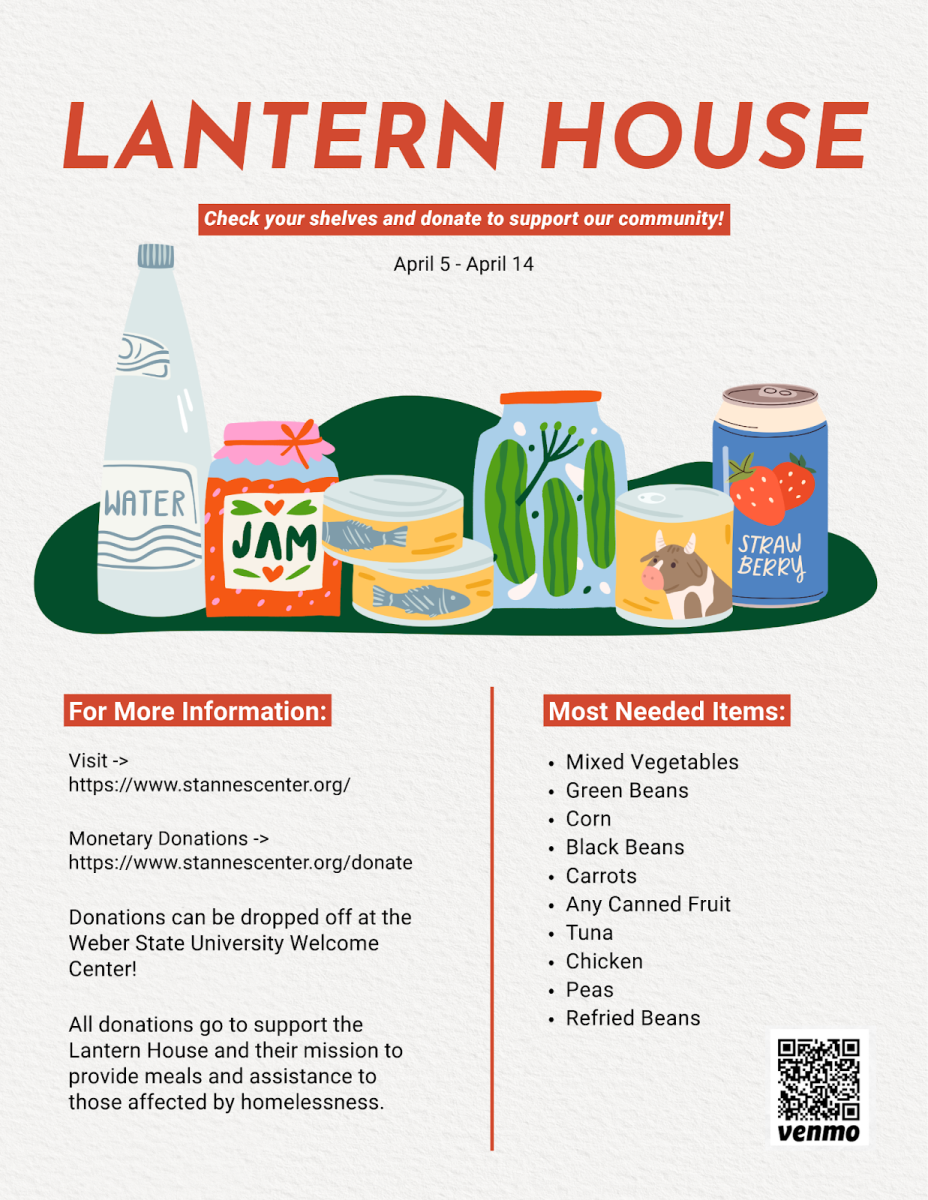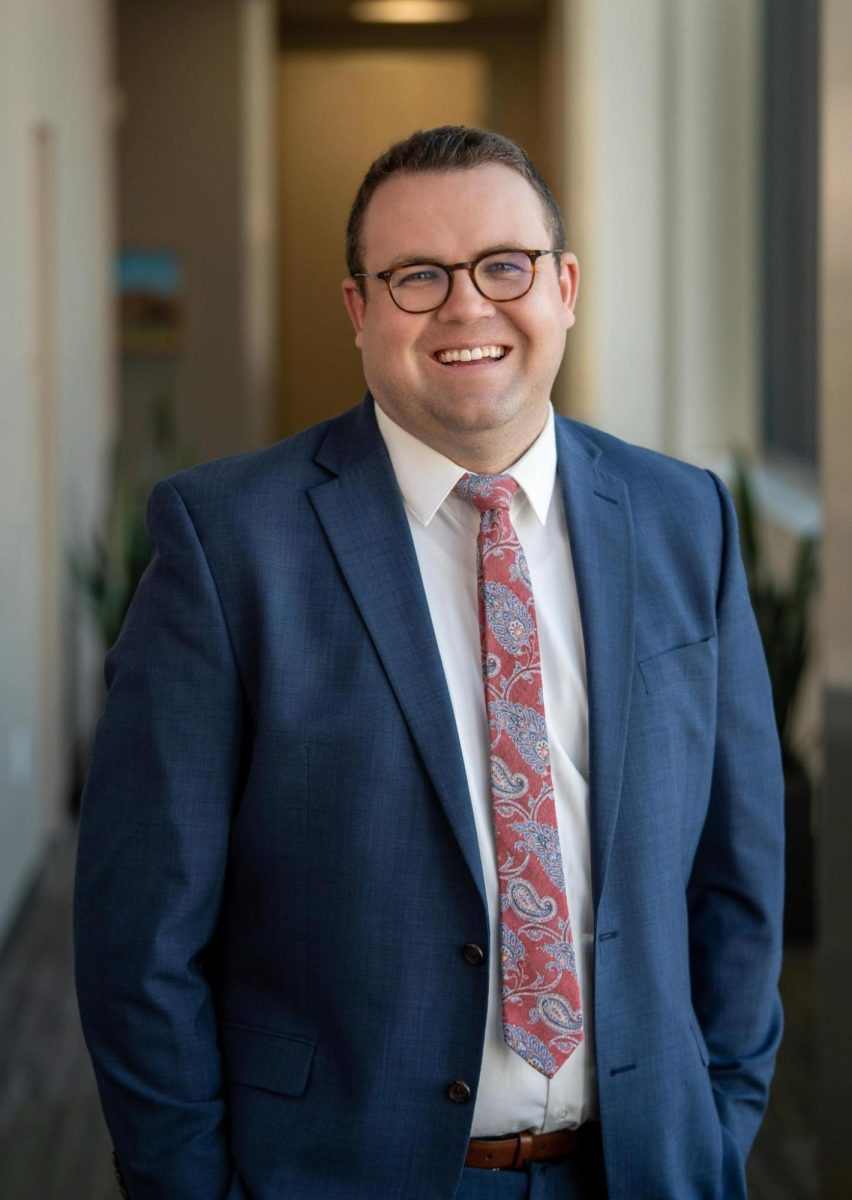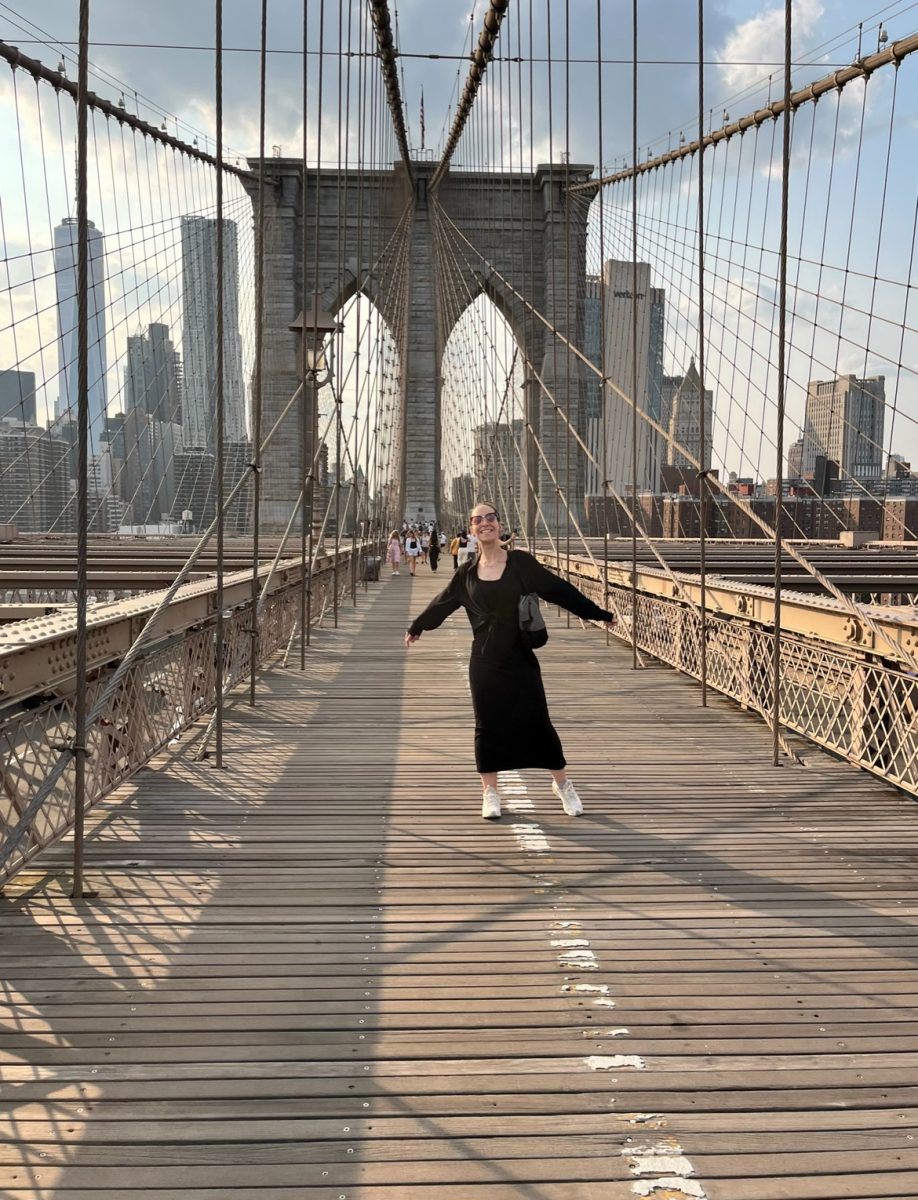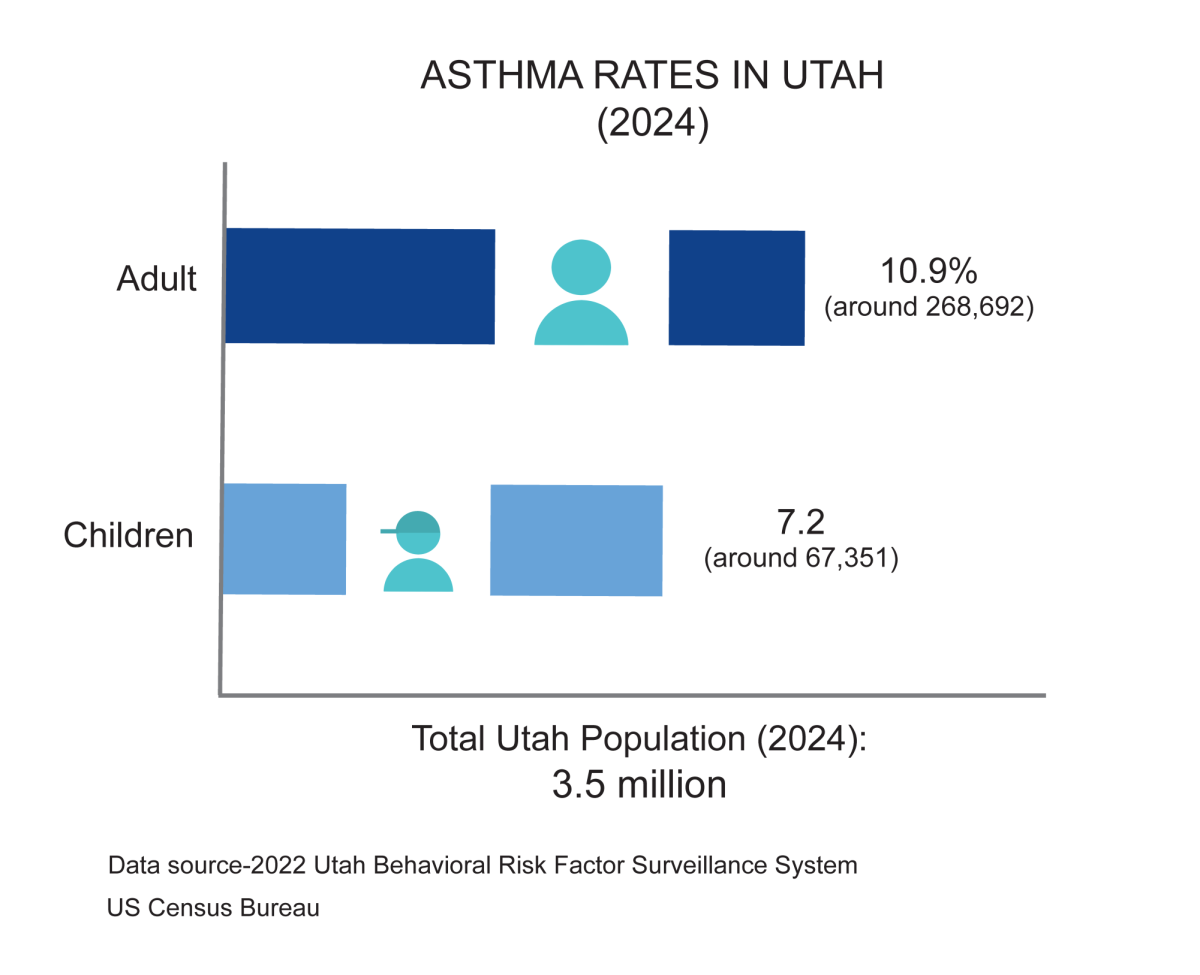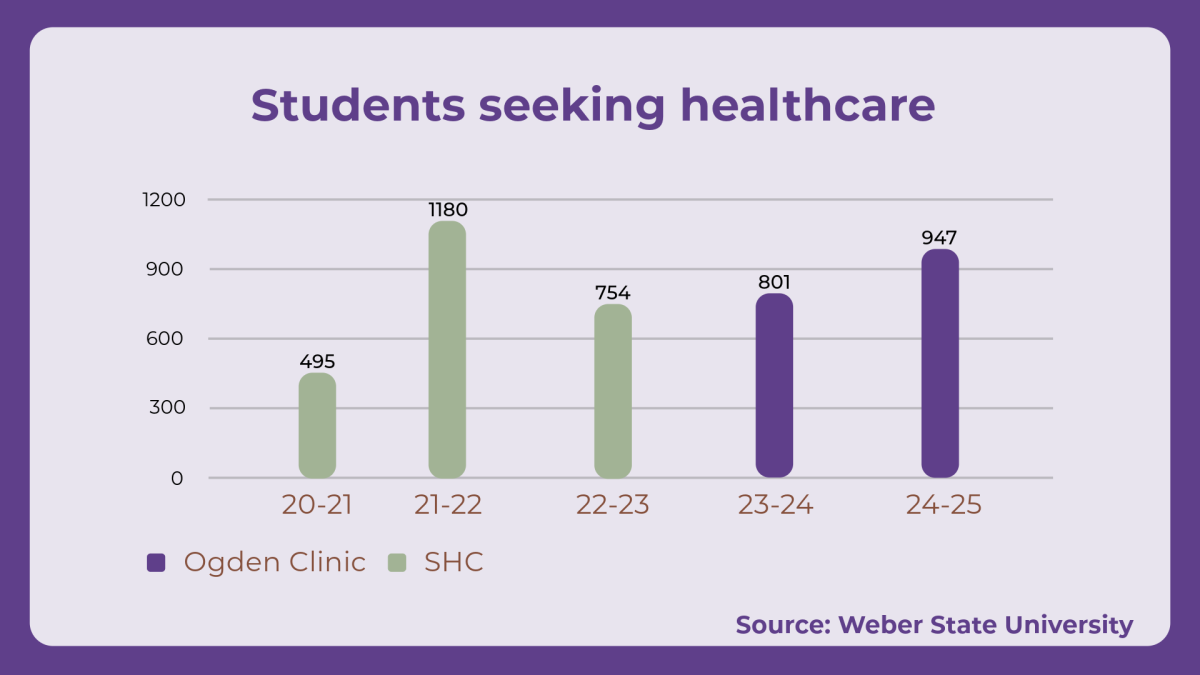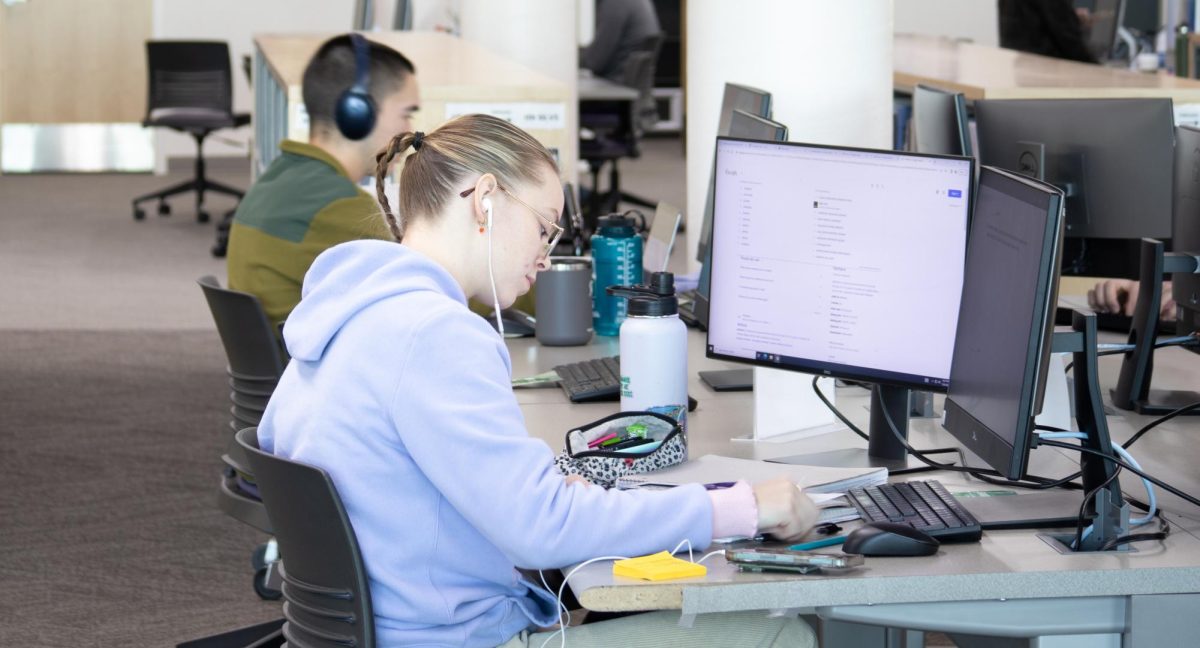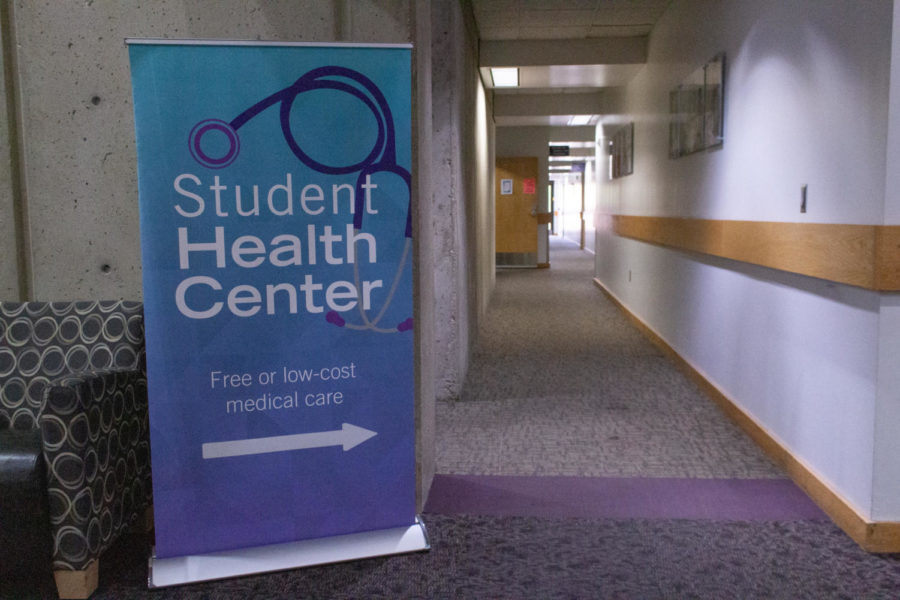Precarious and frightening situations can happen at any time and in any location. It can be hard to be prepared. When a co-worker suddenly faints and stops breathing, how can people

react appropriately?
On Nov. 18, 2013, Kathy Gabaldon, an employee of the Registrar’s Office of Weber State University, suddenly fainted and stopped breathing while working.
Gabaldon has a history of heart arrhythmia, which is characterized by an irregular heartbeat. She said she’d had no warning signs going into work that day.
“I was sitting at my desk and typing at my cubicle,” said Eli Baker, a colleague of Gabaldon’s, “when I heard Zach, a student aide, say, ‘Kathy is not OK. Something is wrong with Kathy!’”
Baker said he ran to Gabaldon and saw her slumped over in her chair, unconscious. After a few attempts to get a reaction, Baker and Matt Driggs, another colleague, laid her on the ground.
“We got her down and couldn’t find her heartbeat when we were checking her pulse,” Baker recalled. “We tried to clear the airway and there was nothing, so we started CPR.”
Baker said paramedics arrived to the scene with an AED and took over. He doesn’t remember how long they performed CPR.
“The medical people told me it made all the difference, as far as my survival,” Gabaldon said.
Gabaldon received a pacemaker and has made a healthy comeback since the incident.
Both Baker and Driggs said they were quickly able to recall the training they’d received at WSU.
“There is a split second of hesitation, and the rest is just training,” Baker said. “It was automatic.”
Driggs also recalled people all around being really scared and upset. “It was adrenaline. It took over, and you aren’t thinking about anyone else around. In our minds, it was just ‘don’t think twice, and just do it.’”
Since this event, surrounding departments are discussing ways to prepare their faculty for similar incidences. The Registrar’s Office has purchased an AED for emergencies.
“Kathy is alive today because we were trained in what to do,” Baker said. “It is a simple thing that could save somebody’s life.”
According to the American Heart Association, 88 percent of cardiac arrests happen at home. If someone encounters a situation where they are going to need to use CPR, it will most likely be on a loved one.
“Hands-only CPR has been shown to be as effective as conventional CPR for sudden cardiac arrest at home, at work or in public,” the AHA website states. “It can double or even triple a victim’s chance of survival.”
The AHA provided the following steps in its video clip titled “Hands Only CPR”:
- Call 911.
- Place hands in the center of the chest and press hard and fast.
- Push up and down to the beat of the disco song “Staying Alive” (“Ah, ah, ah, ah, staying alive”).
A quick life-saving demonstration is available at Heart.org/CPR. WSU offers courses that teach CPR and provide opportunities to be first responders.



